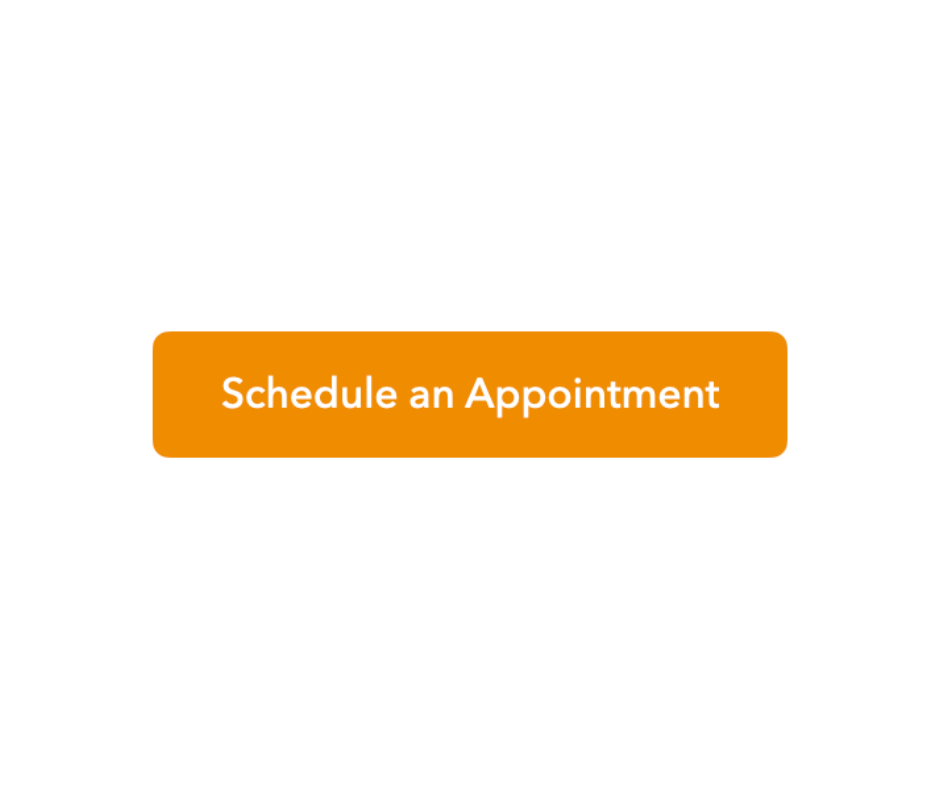From the perspective of a healthcare customer trying to self-manage their care, the patient intake process is not being measured as a marketing conversion.
Customers measure the patient intake process based on what concerns them, and that includes: accessibility, confidence, quality, cost, service, convenience, response time, their fears or anxieties of the unknown, and every hassle associated with scheduling an appointment.
To be fair, before the healthcare customer commits to scheduling an appointment, they arrived here due to an urgent or perceived need after being tasked with self-management:
- researching symptoms, conditions and treatment options
- finding a doctor with good reviews (that accepts their insurance)
- finding a location or exploring telemedicine options
- hoping to get an appointment sometime this month
Whatever happens after they take that first step, healthcare customers typically have a base level of expectations for how they will be treated as a new patient:
- schedule and confirm your appointment next month
- setup your patient portal
- fill out the same forms (again), along with your medical history
- arrive 15min early for your appointment
- we’ll call you back shortly… sorry for the wait
And saving the best for last, the email or SMS that immediately follows their first interactions and appointment is a friendly prompt to: “Take this survey to tell us about your experience.”
The Problem
Healthcare customers have been trained to research and manage everything up to scheduling an appointment, and then relinquish these consumer behaviors when they become a patient and their options are limited by urgency, accessibility, or proof of insurance.
What’s changed since the pandemic is that Instead of doing all the work and checking these consumer behaviors at the door, healthcare customers have become increasingly discouraged by the painfully redundant process of forms, portals, wait times, etc. associated with scheduling an appointment. As a result, the rate of no-shows, cancelations, and people dropping off during the scheduling process continues to have a significant negative impact on patient care and population health.
Assuming every medical group has qualified physicians and similar services, then winning over a new customer comes down to this… how seamless is your patient intake process, and how easy is it to do business with you?
Every process that touches the patient needs to be frictionless and consistent with the ‘Standards of Excellence’ that define your (ideal) customer and patient experience. And if we’re actively exploring the possibilities of an expanded need for nurses in space travel, then it’s hard to believe we have exhausted every possibility of improving the patient intake process here on earth.
The Solution
It’s time to take an objective look at the intake process from the perspective of the healthcare customer. The HealthX Group can help.
Scheduling care in a time of need should be as easy as possible, and healthcare customers need to feel more co-ownership in the process.
Step One: Make improving patient intake the first phase of a strategic priority to improve customer and patient experience.
Step Two: Start this initiative with Medical Groups and primary care providers.
As the principal providers of wellness and day-to-day care with healthcare customers, and the next step facilitators, improving the patient intake process at the first step in the patient journey is invaluable. And specialists should make the referral intake is received as conveniently as possible and consistent with the brand experience.
Step Three: Discovery efforts (surveys, focus groups, mystery shopping) that explore the intake process from the perspective of the customer, followed by solution mapping that’s based on the patient demographic.
We need to be more considerate of ‘Who’ the patient intake process was created for and be willing to compromise to when it comes to separating needs from nice to haves in the stages of the process that can be made easier or saved for later––and create follow up opportunities for anyone that may have dropped off (for whatever reason).
Step Four: Challenges present opportunities and improving patient intake is a big initiative that involves multiple stakeholders.
An iterative approach leads to innovation and transformation. Implement small changes to the process and test the results. Once we’re satisfying KPIs or identifying the remaining gaps, we can look to innovation and process implementation with a clear outline of needs and requirements.
Introspective
Creating happy patients at the first interaction has to be equal to the automations and administrative workflows for each new intake, because repeat customers and referrals are the core of any business.
What’s your level of confidence in your patient intake process and experience? Is it consistent and frictionless regardless of location or subspecialty? Or are there gaps that could improve the experience for customers and administration?
The next level significance of improving patient intake is that it will produce immediate ROI in appointments scheduled and opportunities to build lasting relationships with patients.
That’s a change that can make a difference in people’s lives… and making a difference can transform healthcare.

